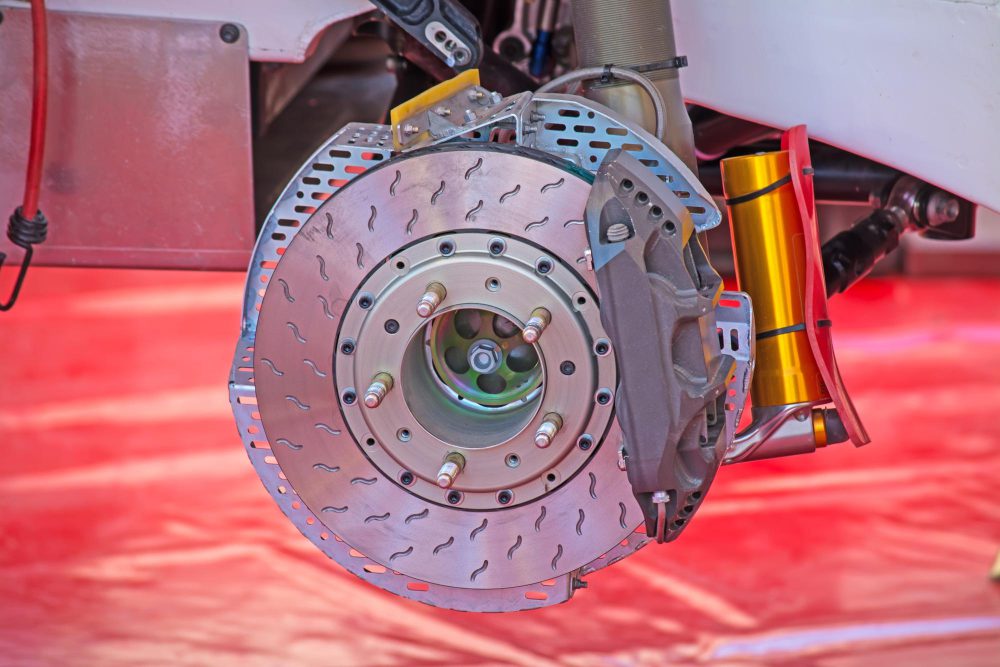Where is EBCM module located?
The Electronic Brake Control Module (EBCM) is an essential component of a modern vehicle’s braking system. It plays a crucial role in controlling the various electronic systems involved in braking, such as the Anti-lock Braking System (ABS) and Traction Control System (TCS). Understanding the location of the EBCM is vital for maintenance and troubleshooting purposes.
What is the EBCM module?
The EBCM module is an electronic control unit responsible for monitoring and regulating the operation of the braking system. It receives sensor input from wheel speed sensors and other related components to determine the appropriate braking action. By analyzing this data, the EBCM can optimize the braking performance and prevent wheel lock-up during sudden stops or low-traction situations.
Locating the EBCM module
The specific location of the EBCM module may vary depending on the make and model of your vehicle. In most cars, however, you can typically find it mounted in the engine compartment or near the master cylinder. It is usually housed in a protective casing to shield it from environmental elements and potential damage.
Steps to locate the EBCM module:
- Consult the owner’s manual: The first step in locating the EBCM module is to refer to your vehicle’s owner’s manual. The manual will often provide detailed information regarding the location of critical components.
- Inspect the engine compartment: Open the hood of your car and visually examine the engine compartment. Look for any black boxes or electronic control units that might resemble the EBCM module.
- Follow wiring harnesses: Trace the wiring harnesses connected to the ABS unit or brake system. The EBCM module is typically linked to these components through electrical connections. Following the wiring harnesses may lead you to the EBCM module’s general vicinity.
- Check near the master cylinder: The EBCM module is commonly positioned adjacent to the brake master cylinder. This location allows for efficient communication between the hydraulic braking system and the electronic control unit.
Importance of EBCM module location
Understanding the location of the EBCM module is essential for both DIY mechanics and professional technicians. It enables easier access for diagnostic procedures and troubleshooting. If any issues arise with the braking system, such as ABS or TCS malfunctions, knowing where to locate the EBCM module can help identify potential problems or faulty connections.
“Locating the EBCM module is the first step towards resolving any electronic brake control system issues.”
Moreover, familiarity with the EBCM module’s location aids in routine maintenance tasks. Technicians can quickly identify the module during brake fluid changes, inspections, or repairs. This knowledge ensures that the EBCM module remains protected and undisturbed during service procedures.
In conclusion
The EBCM module is a vital component within a vehicle’s braking system, responsible for controlling ABS and TCS functions. Locating the EBCM module requires following specific steps, such as consulting the owner’s manual, inspecting the engine compartment, and checking near the brake master cylinder. Understanding the EBCM module’s location facilitates diagnostics, troubleshooting, and routine maintenance, ensuring the proper functioning of your vehicle’s braking system.
Where is the ABS Module Fuse Located?
The ABS (Anti-lock Braking System) module is an essential component of a vehicle’s braking system, and it is responsible for preventing the wheels from locking up during braking. In case of a malfunction in the ABS module, it is important to know where the fuse is located in order to check or replace it.
Locating the Fuse
The fuse for the ABS module can usually be found in the vehicle’s fuse box. The exact location of the fuse box may vary depending on the make and model of the vehicle, but it is commonly located in the engine compartment or the driver’s side dashboard area.
To locate the specific fuse for the ABS module, consult the vehicle’s owner’s manual or the diagram on the inside of the fuse box cover. Look for a fuse labeled “ABS” or “ABS module” and note its position within the fuse box.
Checking and Replacing the Fuse
If the ABS module is not functioning properly, checking the fuse should be one of the initial troubleshooting steps. To check the fuse:
- Turn off the ignition and remove the key.
- Open the fuse box and locate the fuse for the ABS module.
- Inspect the fuse to see if it is blown. A blown fuse will have a broken filament inside.
- If the fuse is blown, replace it with a new fuse of the same amperage rating. It is important to use the correct amperage fuse to avoid damaging the ABS module.
If the newly replaced fuse blows again immediately or shortly after, there may be an underlying issue with the ABS module or the wiring connected to it. In such cases, it is recommended to seek professional assistance from a qualified mechanic or automotive technician.
“Regularly checking and maintaining the fuses in your vehicle is crucial for ensuring the proper functioning of its various systems, including the ABS module.”
Remember to always consult the vehicle’s owner’s manual for specific instructions and safety precautions when working with fuses or any electrical components in your vehicle.



